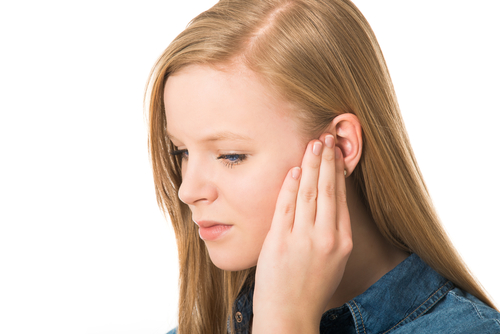Earache is more common in children than it is in adults. The pain from earache can be constant or it may come and go. It can feel like a burning sensation or a sharp, or dull, pain. It can affect both ears at once or just one ear.
Just as the pain from earache affects people in different ways, there are a variety of causes of earache. Some of them affect the ear itself, others are from conditions affecting areas close to the ears. Common reasons for earache include:
- Fluid building up deep inside the eardrum. Known as glue ear, this affects children more than adults
- Infection of the ear canal outside the eardrum (otitis externa)
- A boil or infected hair follicle in the ear canal
- Eczema in the ear canal ( seborrhoeic dermatitis)
- Injury in the ear canal from objects poked inside, such as cotton buds or sharp objects
- Blockages in the ear from plugs of earwax or objects pushed in which have become stuck
- Throat infections (including tonsillitis) and colds
- Jaw pain, known as temperomandibular joint pain
- Dental abscess in the mouth or other tooth pain, such as wisdom teeth problems
- Trigeminal neuralgia or facial nerve pain


